Picture swimming through ancient oceans over half a billion years ago, and encountering creatures that possessed something truly extraordinary: eyes made of actual crystal. These weren’t just primitive light sensors, but sophisticated optical instruments that would put many modern designs to shame. The eyes belonged to an extinct group of animals called trilobites, and their eyes were made of hard crystal, a mineral known as calcite – a strange little quirk that gives us a window into how these early animals sensed the world around them.
While other ancient arthropods relied on organic materials for their visual systems, trilobites took a completely different approach. They became nature’s first optical engineers, crafting lenses from calcite crystals that could focus light underwater with remarkable precision. What makes this even more fascinating is that even the earliest trilobites had complex, compound eyes with lenses made of calcite (a characteristic of all trilobite eyes), confirming that the eyes of arthropods and probably other animals could have developed before the Cambrian. Improving eyesight of both predator and prey in marine environments has been suggested as one of the evolutionary pressures furthering an apparent rapid development of new life forms during what is known as the Cambrian explosion.
The Dawn of Complex Vision
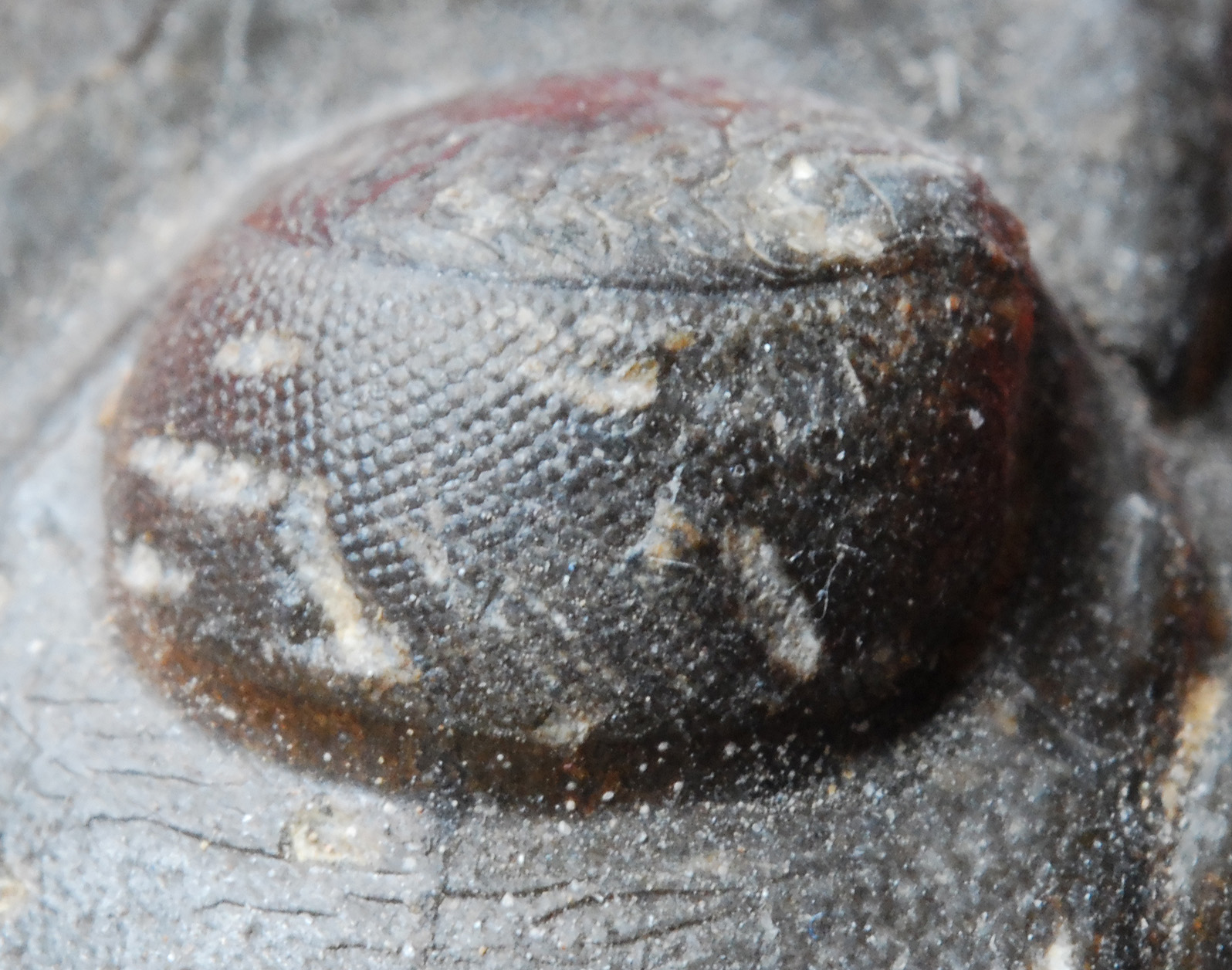
One of the most dominant species during the Cambrian period was the trilobite, an arthropod that was among the first animals to exhibit a sense of vision. These ancient marine creatures emerged during one of the most remarkable periods in Earth’s history, roughly 540 million years ago. The first trilobites are known from around 540 million years ago, making them about 100 million years older than the first shark and 290 million years older than the first dinosaur.
What sets trilobites apart from their contemporaries wasn’t just their timing, but their revolutionary approach to seeing the world. Trilobites had the first real complex eyes (that we know of). They were compound eyes, which are eyes that have many separate clusters of photo receptors, called ommatidia, each with it’s own lens that then turn all those bits of information into a mosaic-like picture in the animal’s brain. The sophistication of their visual systems became apparent from the earliest fossil evidence, suggesting that complex vision evolved much faster than previously thought.
The Crystal Advantage in Ancient Seas
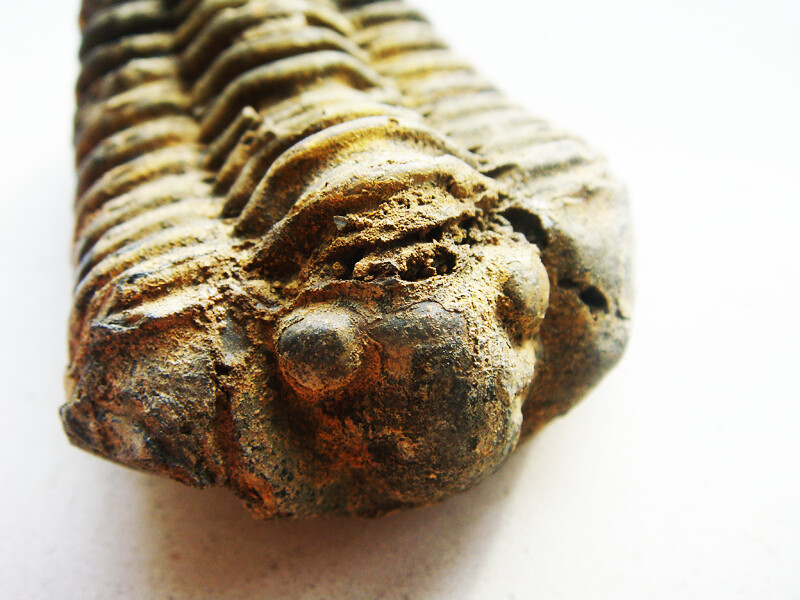
Uniquely in the animal realm, they had compound eyes with lenses of oriented calcite rather than of organic material. This wasn’t an arbitrary evolutionary choice – it was a brilliant solution to the challenges of underwater vision. The use of calcite brings an evident advantage optically, especially for aquatic organisms. The high refractive index of calcite (∼590 nm: nω = 1.640–1.660, nε = 1.486) by contrast with that of chitin, the lens material of most other arthropods (n = 1.46, rarely up to 1.56), increases the difference in refractive indices between the visual system of the arthropod and water (n = 1.334, seawater), and thus facilitates focusing due to strong refraction.
Think of it this way: when light travels from water into an organic lens, the difference in how light bends isn’t dramatic enough to create sharp focus. However, calcite’s much higher refractive index creates a significant optical boundary that allows for precise light focusing underwater. Calcite lenses are transparent, and due to their high refractive index they would facilitate the focusing of light. This gave trilobites a tremendous advantage in detecting food, predators, and potential mates in the murky depths of ancient seas.
Three Distinct Eye Architectures
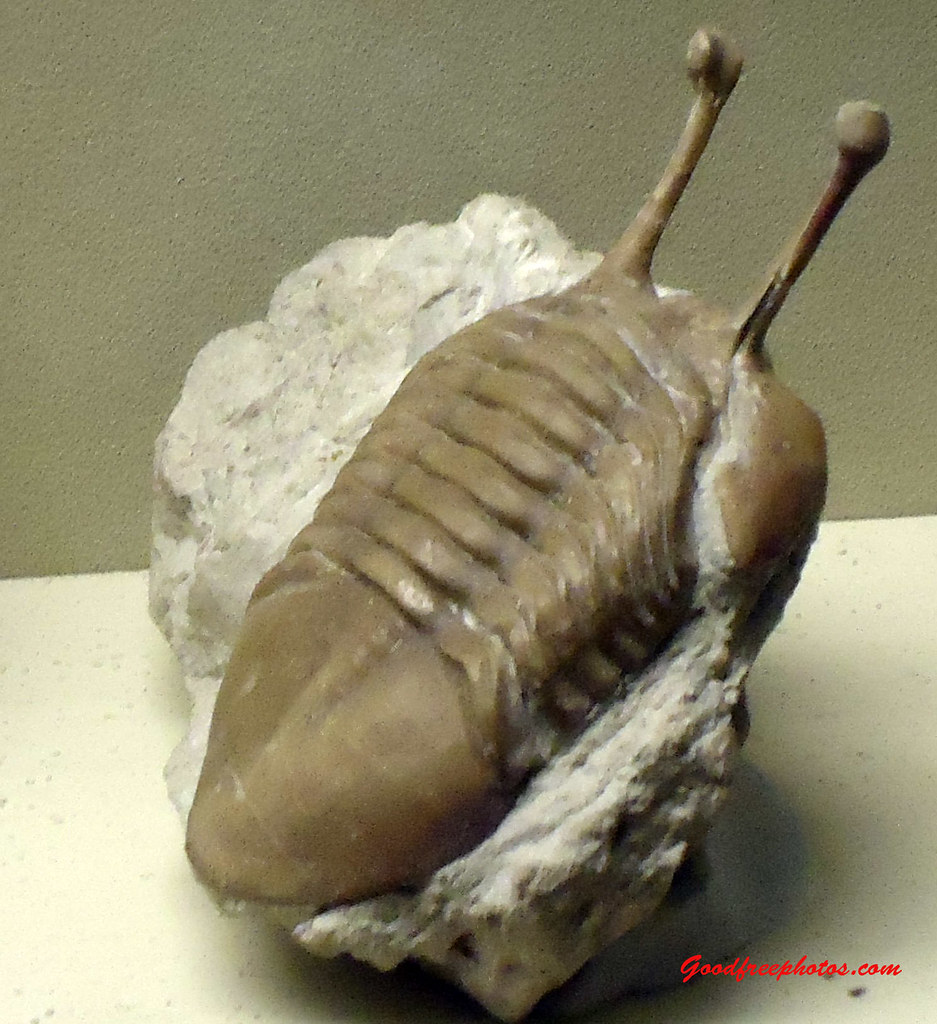
Trilobites didn’t settle on a single eye design – they evolved three distinct types, each optimized for different environmental needs. There were three kinds of these trilobite eyes. The oldest and most common is a type known as holochroal, in which small ommatidia were covered by a single corneal membrane, with the adjacent lenses in direct contact with each other. Holochroal eyes are compound eyes with many tiny lenses (sometimes more than 15,000, each 30-100μm, rarely larger).
The abathochroal eye is only seen in the family Eodiscidae; the small lenses are each covered by a thin cornea. This type represents a more specialized adaptation found in specific trilobite lineages. The third type, the schizochroal eye is only seen in the Phacopina suborder. The lenses are larger, widely separated, and each has its own cornea. Each design represented different approaches to gathering and processing visual information in their marine environments.
Solving the Double Vision Problem

Using calcite for lenses presented a unique optical challenge that trilobites had to overcome. Calcite has one of the strongest birefringences in nature. That means it has two refractive indices; light will be split twice as it travels through calcite, the two rays traveling at different speeds, producing a double image. This double refraction could potentially create confusing, blurry images that would be useless for detecting predators or prey.
However, trilobites evolved an elegant solution to this problem. Calcite in trilobite eyes was likewise orientated so that its c-axis was parallel to the optical axis of the lens and perpendicular to the surface. This ordered calcite orientation minimized the optical problem caused by the birefringence of calcite. For small ommatidia, as seen in the holochroal eye, this is unlikely to be a problem; the deviation in the rays is smaller than the light-sensing organ. Through careful crystal orientation, trilobites essentially engineered their way around one of calcite’s major optical limitations.
Advanced Lens Design Principles
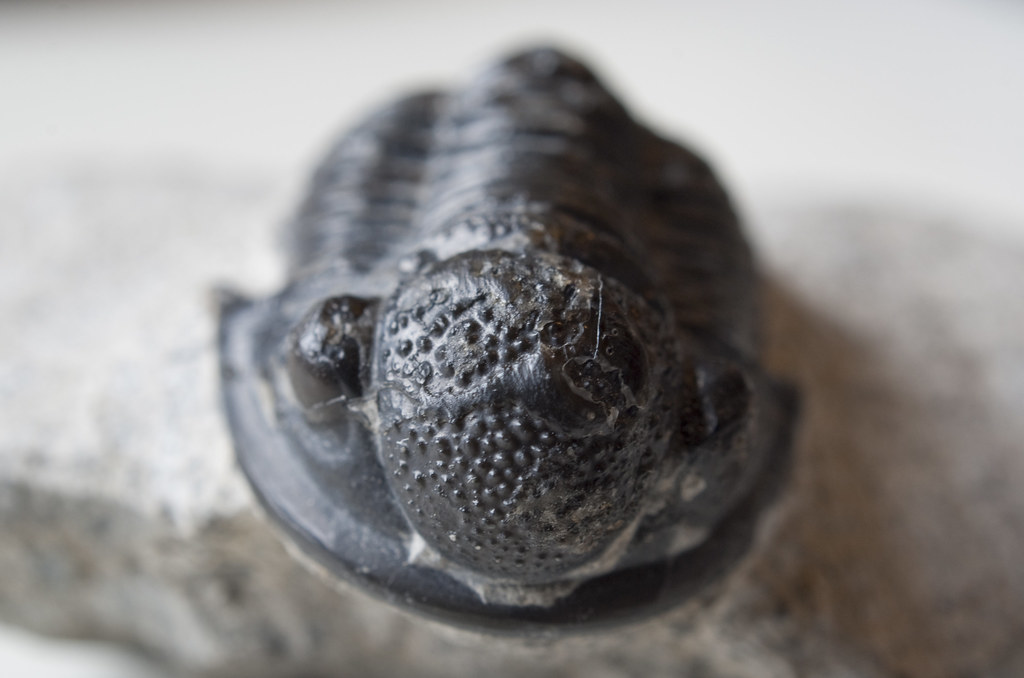
The most sophisticated trilobite eyes incorporated lens design principles that wouldn’t be formally described by human mathematicians for hundreds of millions of years. Scientists have found that schizochroal eyes have what is known as a doublet lens structure. That means the lens has two layers, each with a different refractive index, that could correct for birefringence, almost like the trilobites had built-in spectacles. This type of lens – known as a ‘doublet’ – was independently designed by mathematicians Descartes (1637) and Huygens (1690), both unaware that they had been beaten by nature by a few hundred million years.
The incorporation of magnesium in the lower part of the lens (intralensar bowl) creates what is known as an ‘aplanatic’ surface, as it differs in refractive index from the upper part of the lens (upper lens unit) – such a surface results in the bending (or refraction) of light helping to bring light rays into focus at some point beneath the lens. This sophisticated engineering allowed trilobites to achieve sharp focus despite using rigid crystal lenses that couldn’t change shape like modern organic lenses.
Internal Architecture of Vision
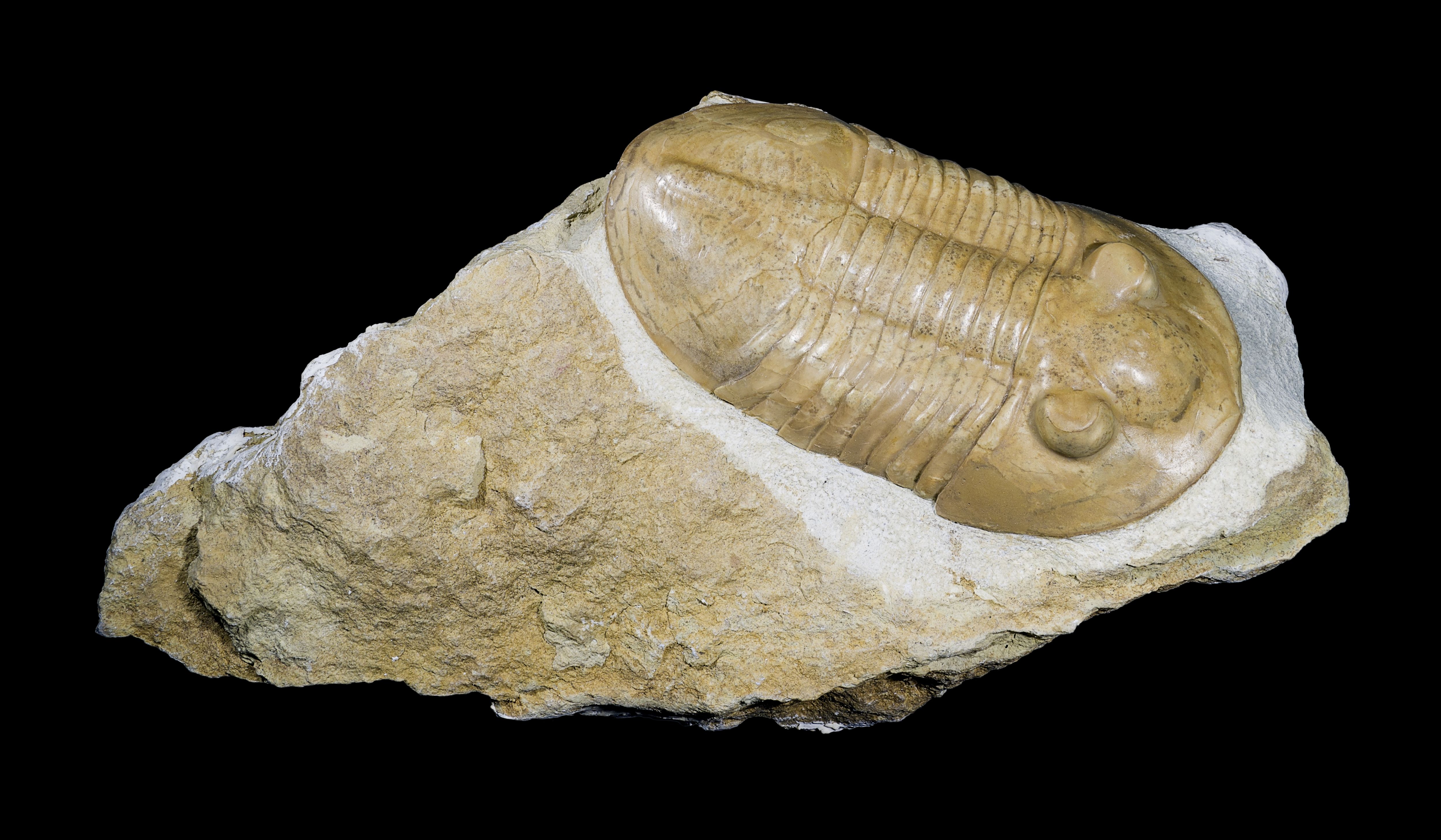
Recent fossil discoveries have revealed remarkable preservation of the internal structures of trilobite eyes, showing just how sophisticated their visual systems were. It shows the characteristic elements of a modern apposition eye, consisting of 8 (visible) receptor cells, a rhabdom, a thick lens, screening pigment (cells), and in contrast to a modern type, putatively just a very thin crystalline cone. We show that this Palaeozoic trilobite in principle was equipped with a fully modern type of visual system, a compound eye comparable to that of living bees, dragonflies and many diurnal crustaceans.
The preservation of these delicate cellular structures is extraordinary, considering their age. The exposed inner surface revealed the animal’s lens, its receptor cells and other parts of its anatomy. Such detail is uncommon in the fossil record: the preservation of delicate cellular structures, especially in the eyes, often relies on rapid burial in oxygen-depleted environments. These finds have allowed scientists to understand not just the lens structures, but also how light was detected and processed at the cellular level.
Motion Detection Masters
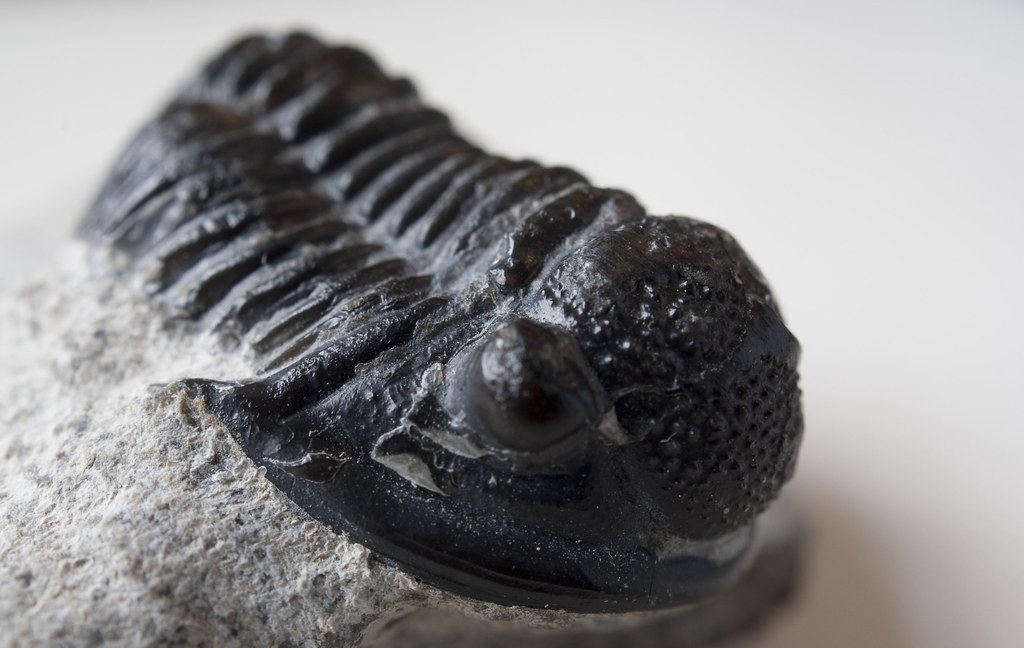
As with insect vision, there was likely a trade-off: Trilobites probably didn’t see in high spatial resolution, but they were particularly sensitive to motion. This makes perfect sense for creatures living in ancient marine environments where detecting the movement of predators or prey could mean the difference between life and death. This type is called an apposition compound eye, meaning each lens acts independently to create a mosaic image of what a creature sees.
Trilobite eyes were among the first and most complex optical systems to evolve, with some species boasting up to 15,000 lenses in each eye. This provided an incredible depth of field, allowing trilobites to detect food, predators, and mates. The sheer number of individual lenses created a wide field of view and exceptional sensitivity to movement across their environment. This visual capability would have given them a significant survival advantage in the competitive ecosystems of the Paleozoic seas.
Evolutionary Impact on the Cambrian Explosion
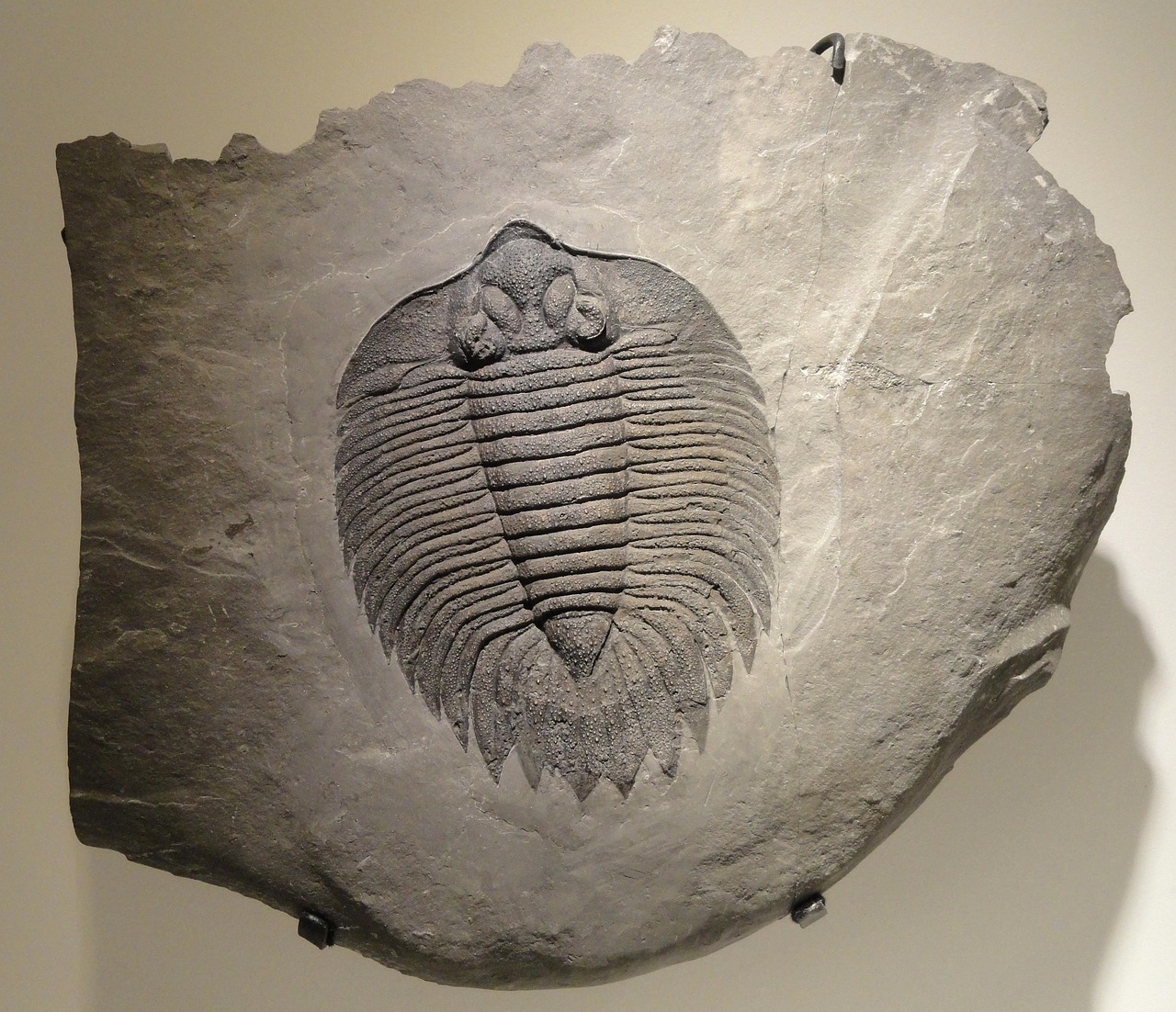
The development of sophisticated vision in trilobites may have been one of the driving forces behind the rapid diversification of life during the Cambrian explosion. Improving eyesight of both predator and prey in marine environments has been suggested as one of the evolutionary pressures furthering an apparent rapid development of new life forms during what is known as the Cambrian explosion. Once one group of animals could see well, it created pressure for all other animals to either develop better vision themselves or find other ways to survive.
Dr Greg Edgecombe, Merit Researcher at the Museum and co-author of the study, has been using the diversification of trilobites to uncover precisely how long the Cambrian explosion went on for. His work shows that this burst of evolution may have only occurred for around 20 million years – actually very brief in the grand scheme of Earth’s history. The rapid evolution of complex eyes like those of trilobites demonstrates just how quickly sophisticated biological systems can evolve under the right evolutionary pressures.
A Unique Evolutionary Path Never Repeated
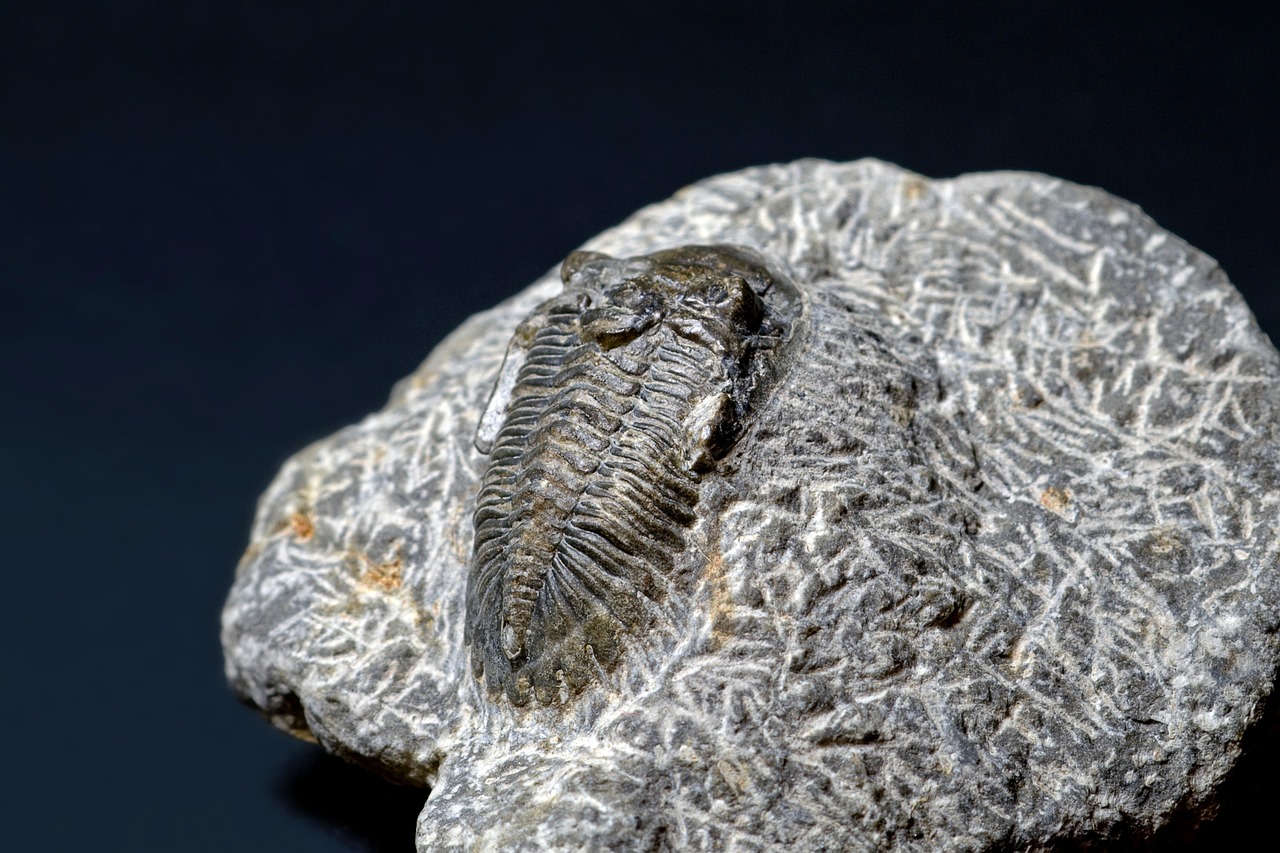
This raises questions about the specificity of this unique calcitic system, which persisted successfully for approximately 270 million years but was never reinvented again after trilobites became extinct, despite the high advantage of transparency and a high refractive index which allows efficient focusing even under water. Why haven’t other marine arthropods evolved calcite eyes since trilobites went extinct? Very few modern animals create their eyes in this way, possibly due to the complexity of light transmission in calcite. Some species of brittle star and ostracod have calcitic components to their optical systems, but neither appears as elaborate in design as trilobites eyes.
The answer may lie in the specific evolutionary circumstances of the Cambrian period, when basic body plans were still being established and experimental approaches to fundamental biological challenges were more likely to succeed. Once organic compound eyes became established in other arthropod lineages, the evolutionary pathway to calcite eyes may have been blocked by the constraints of existing developmental programs. Trilobites represent a unique evolutionary experiment in biological engineering that has never been repeated.
Legacy of Ancient Innovation

Trilobites lasted for more than 250 million years, surviving through six geological periods. They died out towards the end of the Permian Period. Our own species has only been around 0.1% as long as trilobites lasted. Throughout this incredible span of time, their crystal eyes served them well, allowing them to dominate marine ecosystems across multiple geological periods and mass extinction events.
The fossil record of trilobite eyes provides an unparalleled window into the evolution of vision itself. The fossil record of trilobite eyes is complete enough that their evolution can be studied through time, which compensates to some extent for the lack of preservation of soft internal parts. Their calcite lenses, being mineral rather than organic, fossilized beautifully, preserving details that would normally be lost in other organisms. This has allowed paleontologists to trace the development of visual systems through hundreds of millions of years of evolutionary history.
What fascinates scientists most about trilobite eyes is how they demonstrate that evolution can find radically different solutions to the same problems we face today. While we’ve developed glass lenses and digital sensors to capture and process light, trilobites achieved similar results using biological processes to grow and orient calcite crystals. Their approach to underwater vision was so effective that it sustained one of the most successful animal groups in Earth’s history.
The story of trilobite crystal eyes reminds us that evolution is far more creative and ingenious than we often imagine, finding solutions that human engineers are only beginning to appreciate. What other innovations from the deep past might inspire future technologies? Tell us what you think in the comments.



